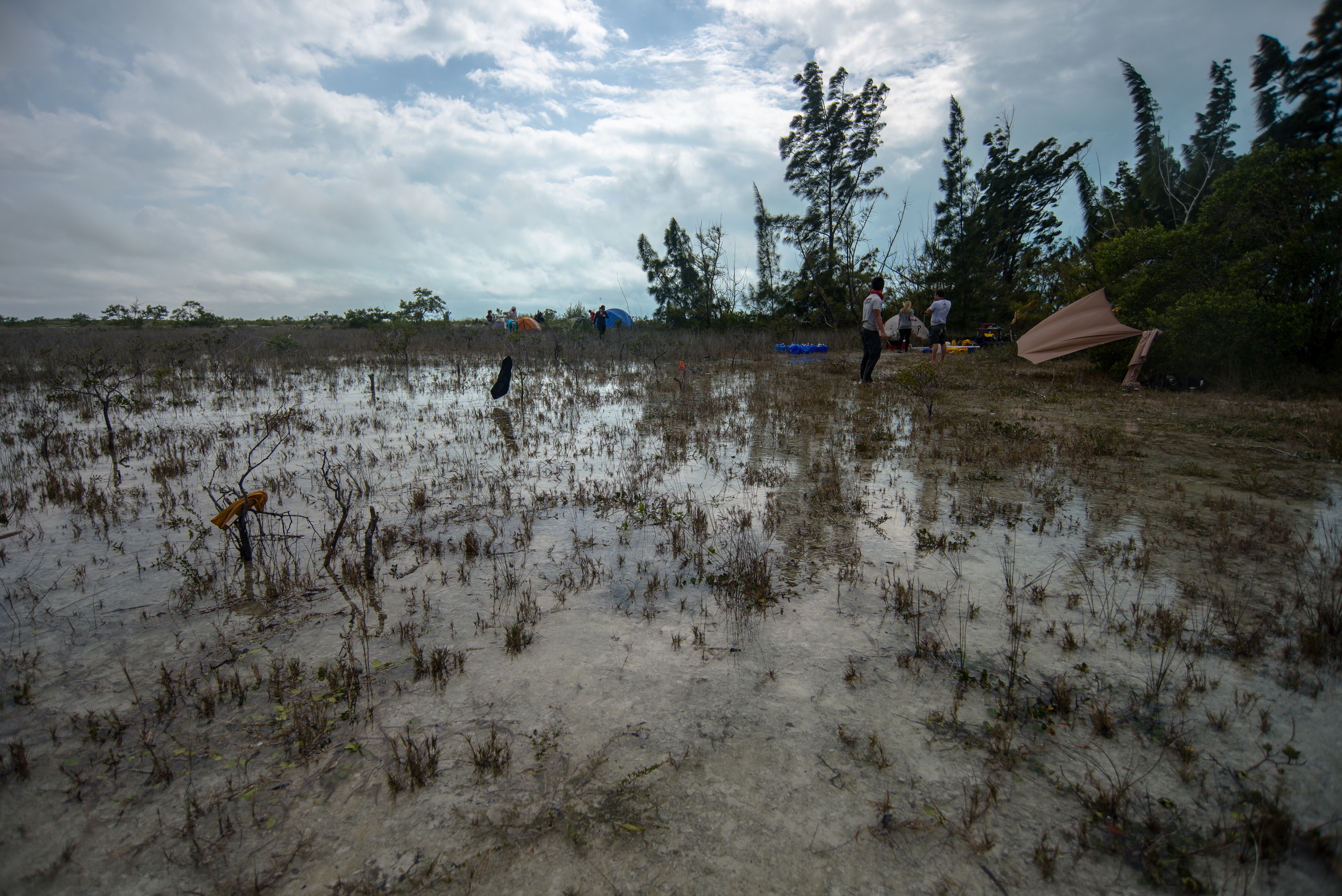
Day 4 continued: My team was closest to camp, so we could see the water creeping toward our tents, probably an inch every few seconds. We ran back just as the first few tents were inundated, and we began dragging the tents onto the highest ground possible. In the face of the unrelenting tide, it almost seemed as if the only dry places would be the branches of the few scraggly pine trees, so we started stowing the most important equipment in the trees. When there was only about a basketball court of dry land, the tide finally turned. A couple more inches, and the only dry place for miles would have been the branches of the pine trees.

Days 5 & 6: The next two days of fieldwork were less eventful. We coped with the flies and sunburn by rewriting and singing Beyoncé lyrics and eating too many cliff bars (and, of course, appreciating the natural beauty around us). Toward the end of each day, during the 9th and 10th hours of fieldwork, a certain sort of delirium would start to set in. In my team, this delirium had manifold manifestations: At one point, we established ourselves as the McDoogle clan, giving ourselves names like Rock or Stark (that was me) McDoogle. Our singing would become increasingly guttural, and eventually we would just stop working and run into the ocean to wash off the day’s grime.
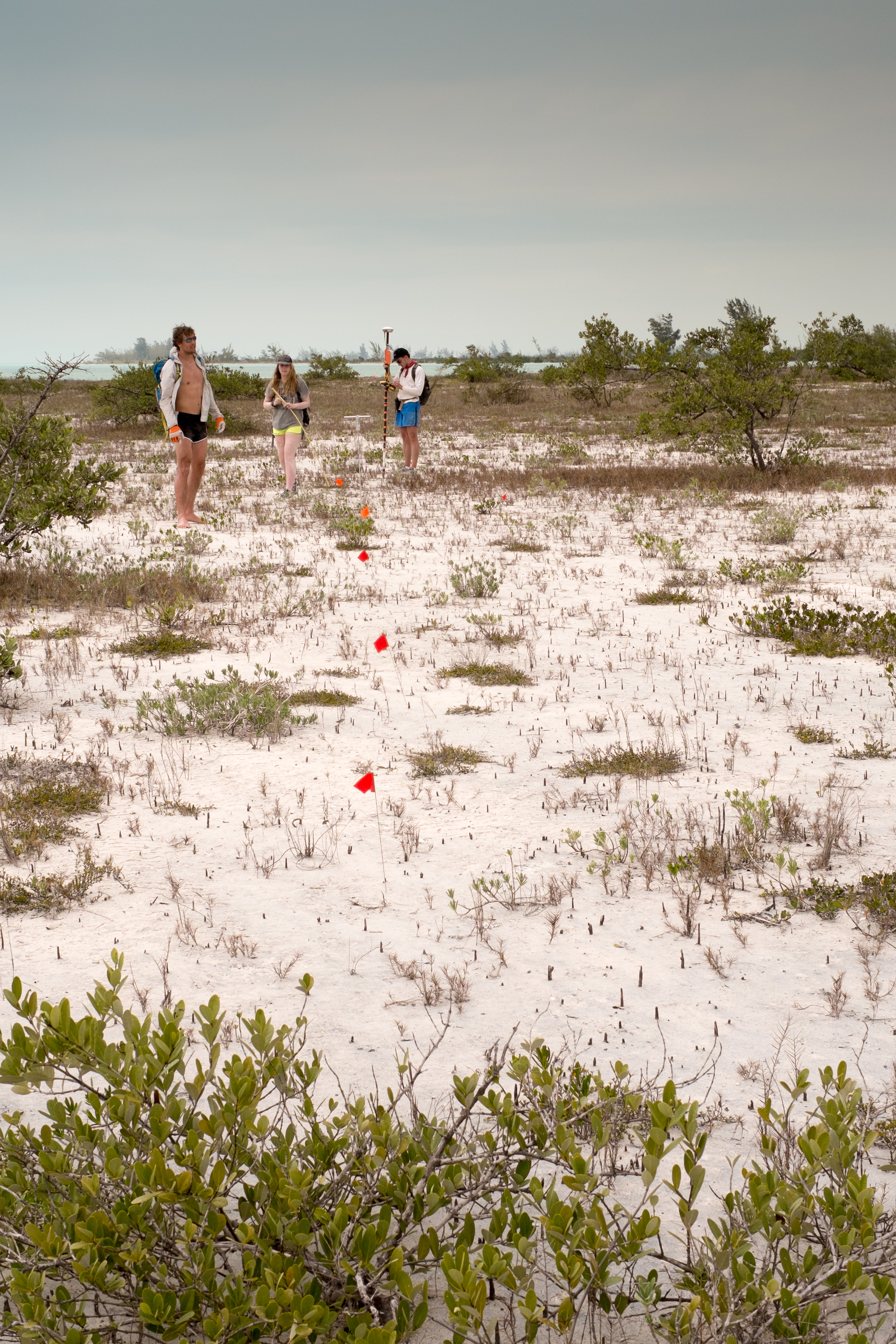
Day 7: On our last day in the tidal flats, we actually went to the inland marsh where my team was originally supposed to work. This desolate landscape was entirely lined by a luxuriant carpet of moss-like bacteria that squished under your feet. Since we had spent the previous three days probing the ground to feel the bedrock, which was still totally mysterious to us, frustration led us to dig a hole. We got close enough to touch it (about five feet down), but the hole kept filling with water and smelled like hundreds of years of decaying organic matter (which was appropriate, since it actually was). We then headed back to the mainland, done with fieldwork, and for the rest of the day we cleaned equipment and rested.

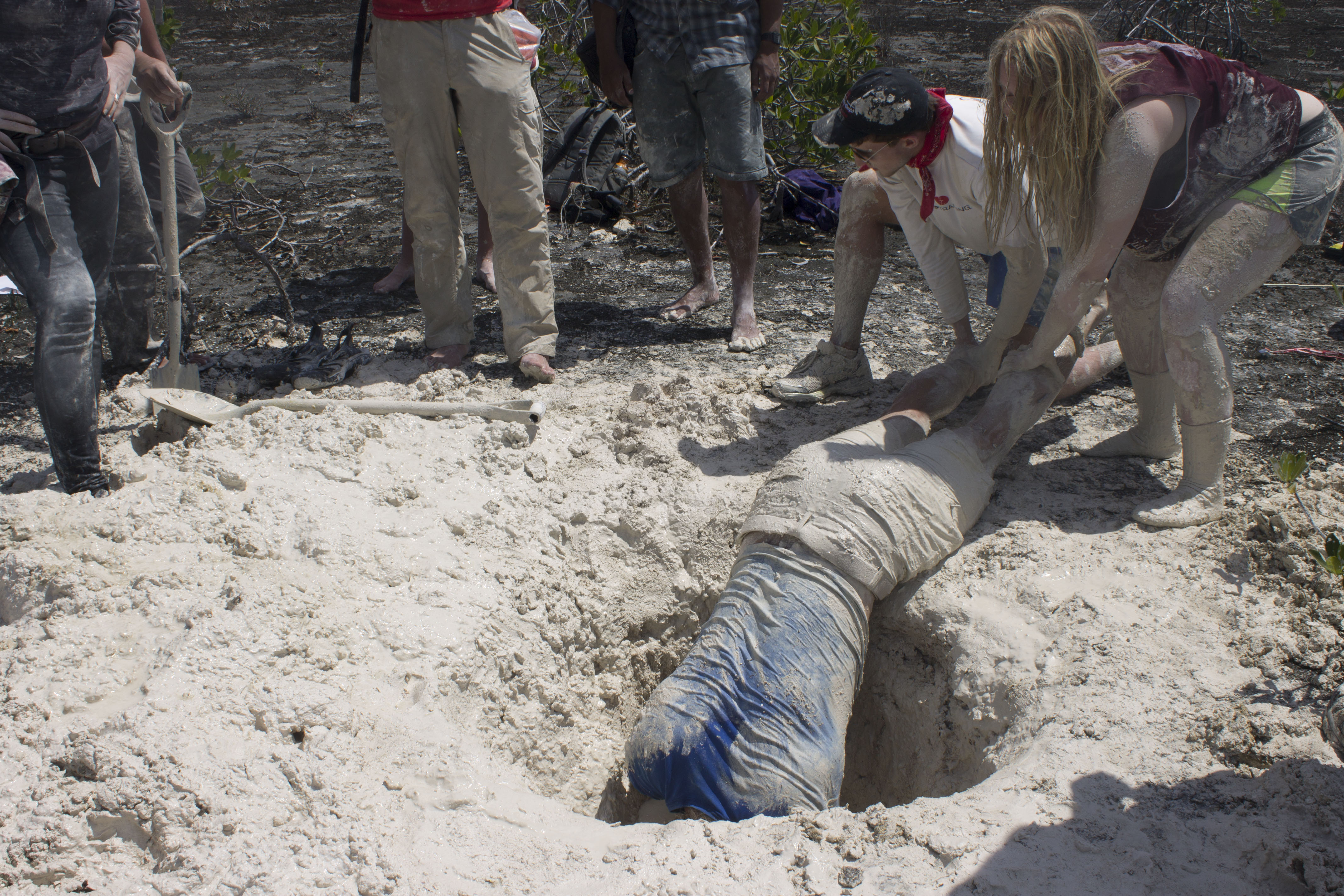
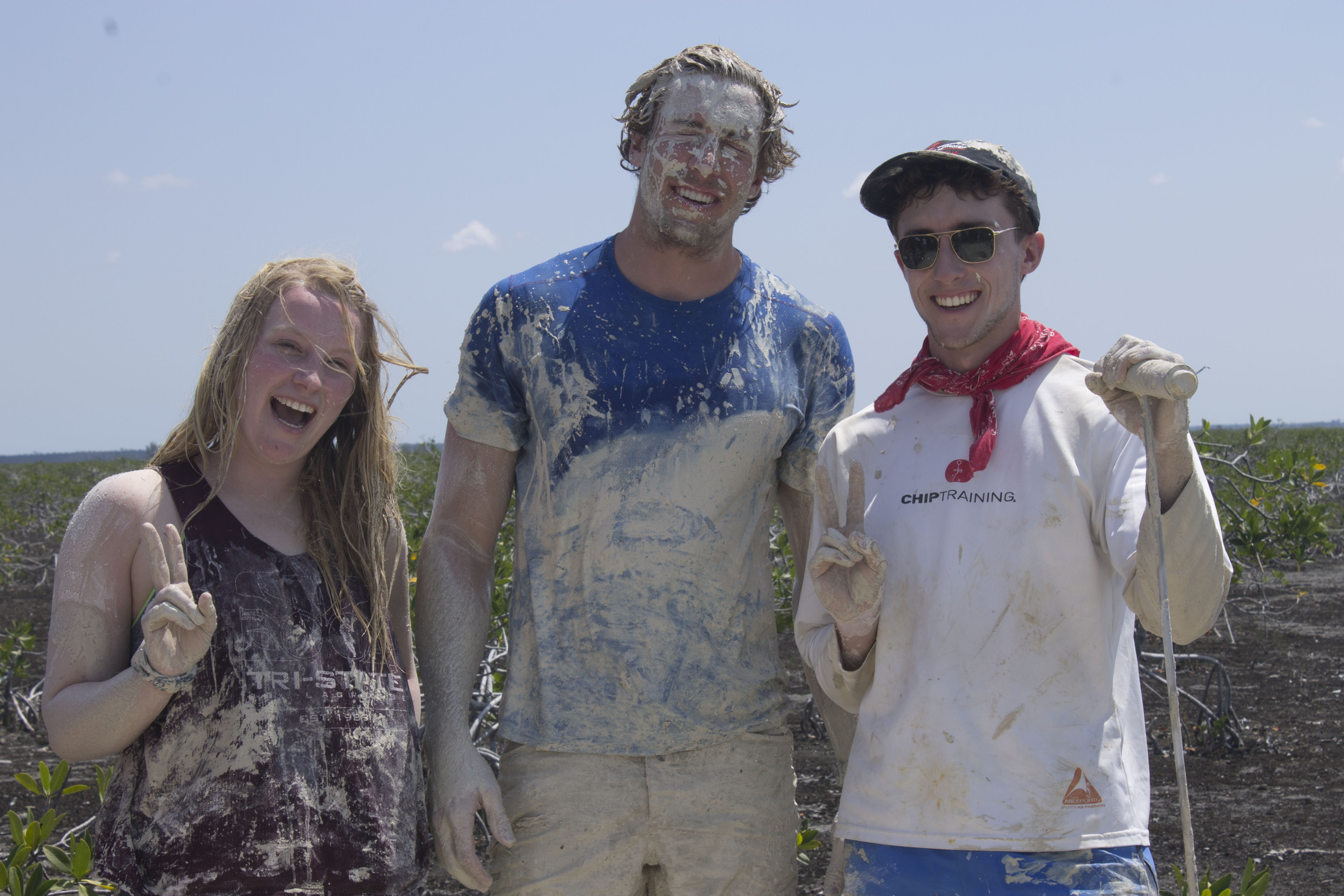

Day 8: On the last day of “learning” we again piled into a van, but this time we were staying on the mainland. The first stop of the morning was a cave where we could see the substrate of the entire island. This substrate is limestone, which dissolves easily in rain water (or any water under-saturated with carbonate), forming huge holes in the bedrock, some of which develop into cave networks where a layer of the limestone is weaker than the layers around it. For lunch, we drove to a cliff made of this limestone, where the limestone was actually about 10 meters of “frozen” sand dunes on top of a 120,000-year-old coral reef, which was pretty cool. Back when sea levels were 100 meters lower, so much limestone was exposed and eroded that huge circular pits formed where 100 meters of limestone are eroded away, so-called “blue holes”. Nowadays these blue holes are full of water, forming what are basically 300-foot-deep swimming pools. We drove around the island until we found one of them, which unbelievably had a wooden dock from which we could jump 20 feet above the water.
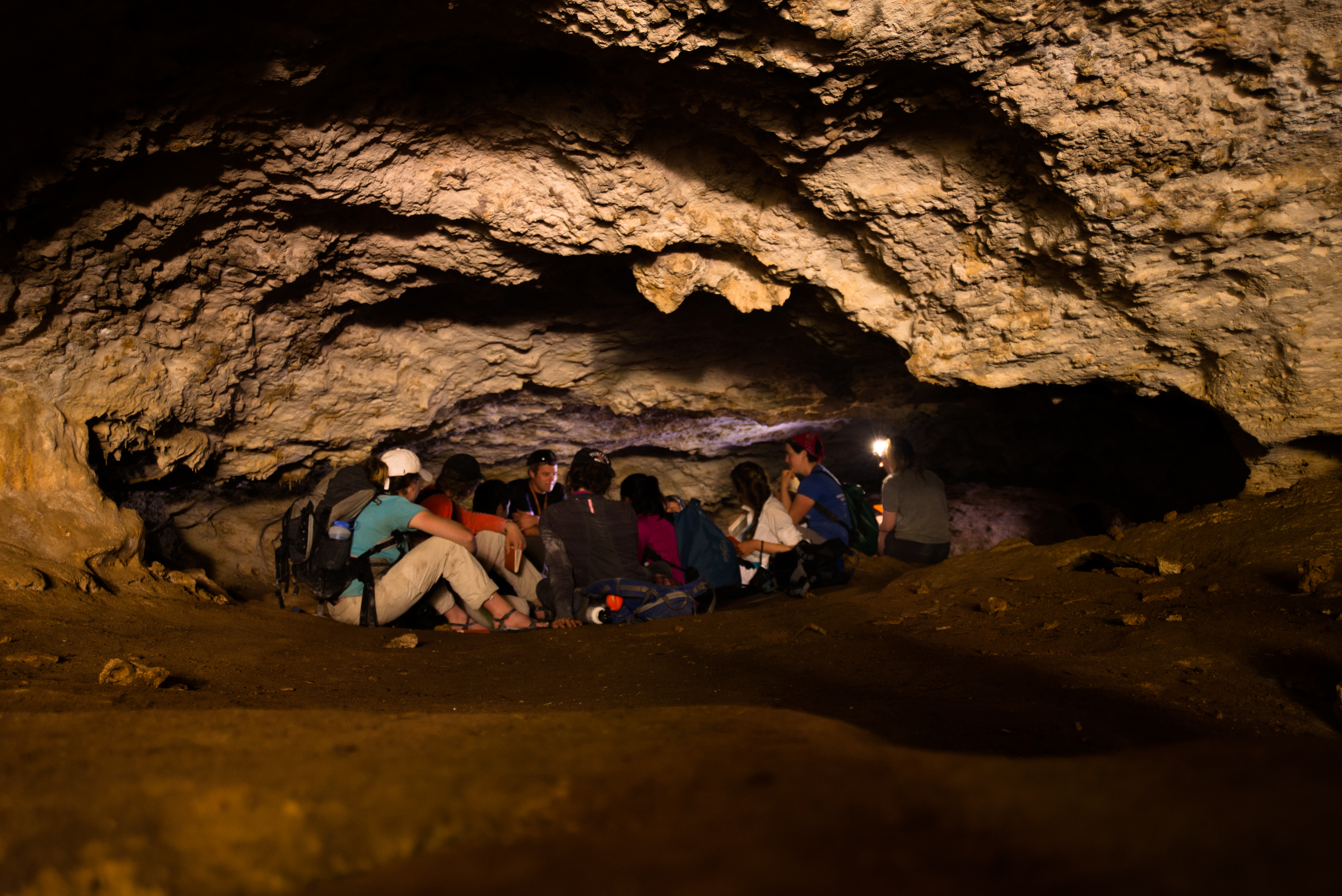
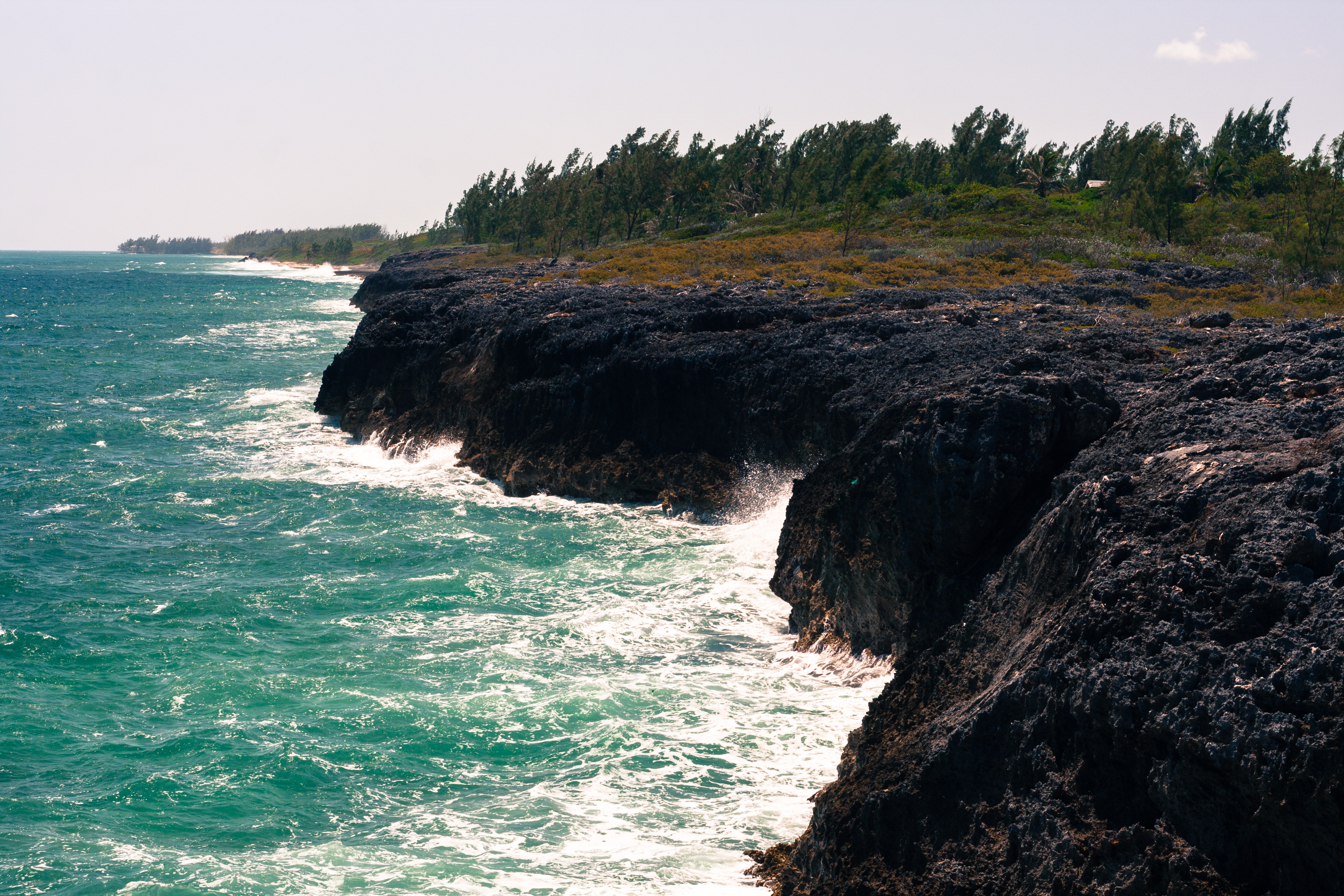

Day 9: Our final day was spent returning to Princeton, once again piling into chartered airplanes that took us to Fort Lauderdale, and then a group flight to Newark. I made it back to my room by 11 p.m., sunburn already peeling, but refreshed and ready for the second half of the semester.






